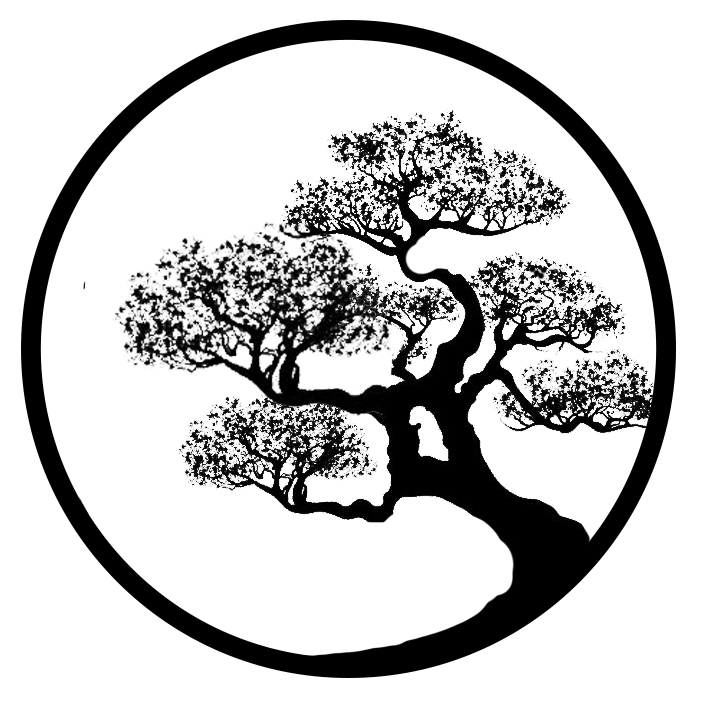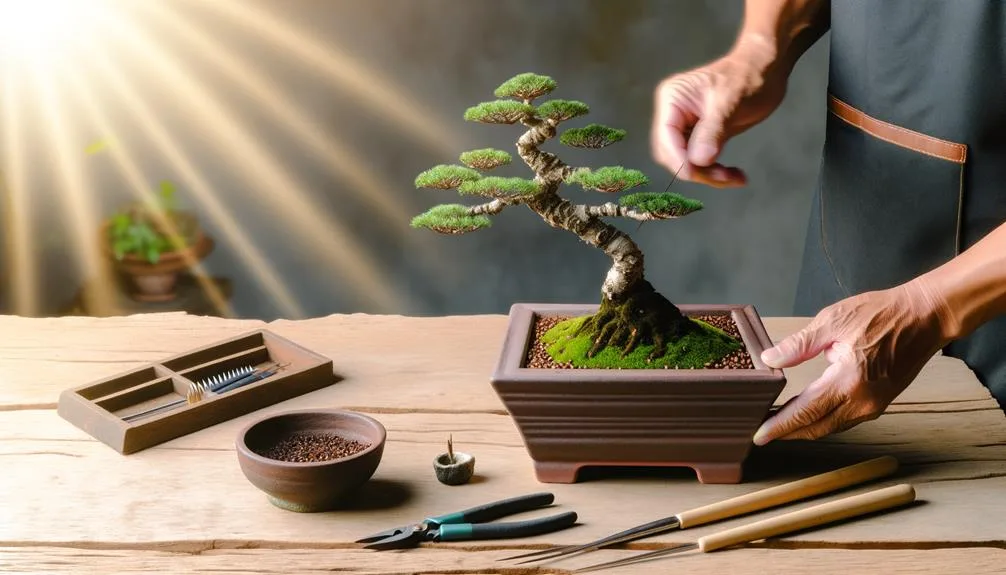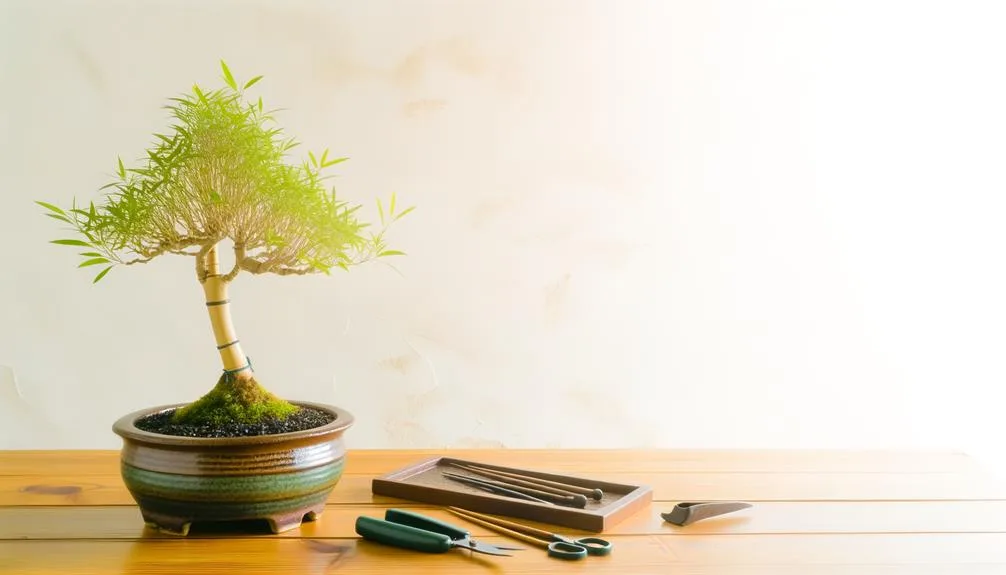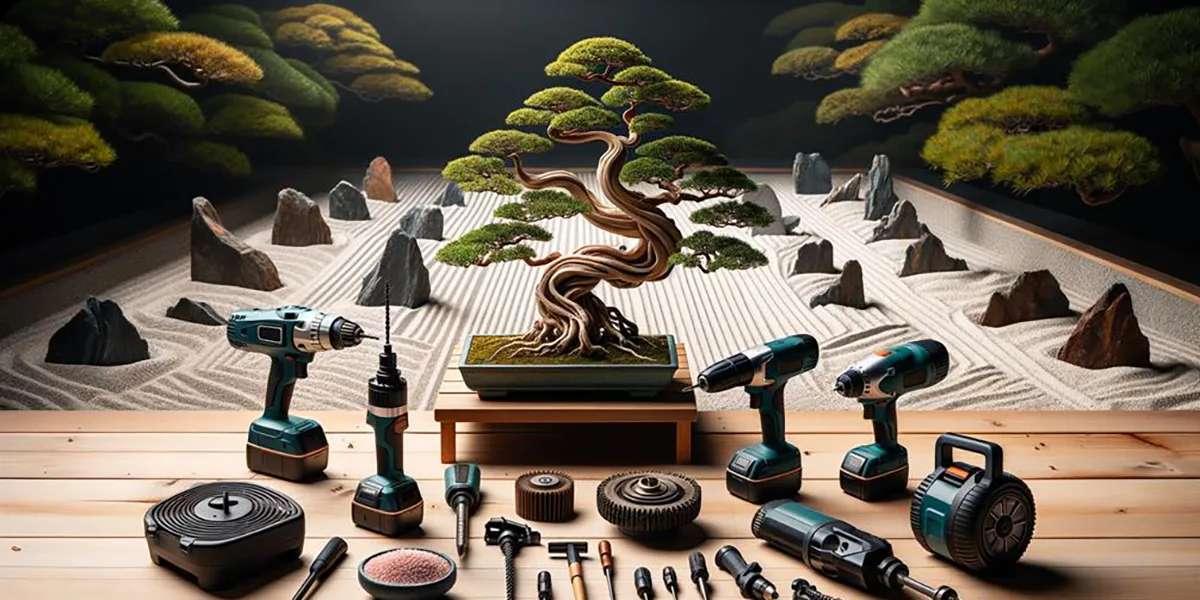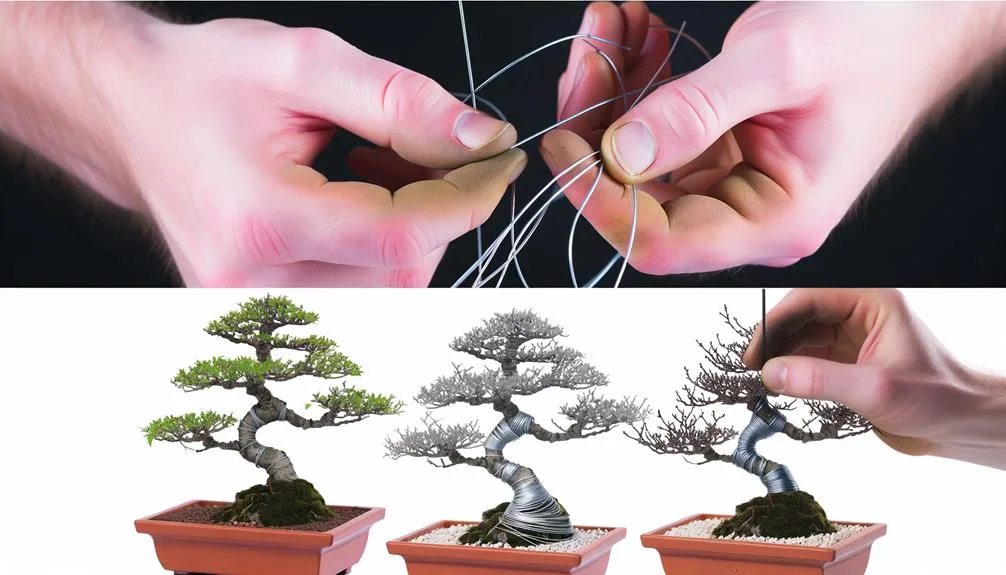Welcome to the Enchanting World of Bonsai Tree Styles at Itsy Bitsy Trees!
Embark on a journey through the delicate and intricate art of bonsai styling, where each tree is not just a plant but a living sculpture, a testament to patience and creativity. In this special section, we delve into the diverse and captivating world of bonsai tree styles, offering you a treasure of knowledge and inspiration.
Whether you’re a seasoned bonsai enthusiast or a curious newcomer, our collection of articles will guide you through the various techniques and traditions that make bonsai a unique form of living art. From the graceful curves of the Willow Bonsai to the robust elegance of the Japanese Maple, each piece is crafted to help you understand and appreciate the beauty and complexity of these miniature masterpieces. So, let’s begin our exploration and discover the style that resonates with your spirit and space.
The art of bonsai styling is a practice that has been nurtured and perfected over centuries. Originating from the East, it now captures hearts worldwide, portraying the undeniable connection between man and nature. A bonsai tree is much more than a mere shrub in a pot; it is a reflection of the artist’s soul, a miniature landscape that mirrors the grandeur of nature. Every twist, every turn, every cut is a deliberate act, shaping the tree while understanding its essence.
The Formal Upright style, or “Chokkan,” for instance, symbolizes endurance and strength, with its straight and tall trunk. On the other hand, the Informal Upright, or “Moyogi,” reflects the unpredictability and charm of life with its winding, yet balanced structure. As we delve deeper into this mesmerizing art form, we’ll understand how each style narrates a unique story, inviting us to look beyond the surface.
Admiring a bonsai is indeed a meditative experience, fostering patience, mindfulness, and an appreciation for life’s intricate details. So, join us on this captivating journey and let the world of bonsai enchant you.

The Elegance of Formal Upright Bonsai Style
Delve into the world of the Formal Upright Bonsai Style, also known as Chokkan in Japanese. This article explores one of the most classic and traditional bonsai styles, characterized by its symmetrical and upright tree form. It closely mimics the way trees grow naturally, with a straight, vertical trunk and branches that gradually decrease in size. This style is a testament to the harmony and balance found in nature, offering a serene and dignified presence. Read more.
The Dramatic Appeal of Windswept Bonsai Trees
Experience the captivating and evocative design of the Windswept Bonsai Tree style, known as Fukinagashi in Japanese. This article describes how this style captures the visual drama of a tree enduring strong and persistent winds. It portrays a tree struggling against prevailing forces, with branches and foliage bending in one dominant direction, creating a sense of movement and resilience. Read more.
The Graceful Fall of Semi-Cascade Bonsai Trees
Discover the unique and aesthetically pleasing Semi-Cascade Bonsai Tree style. This article discusses how this style mimics the appearance of a tree growing on a slope or cliffside, where its trunk and branches gracefully cascade downward. The main trunk emerges vertically from the soil but then bends and cascades, creating a sense of elegance and natural beauty. Read more.
The Rugged Beauty of Literati Bonsai Style
Explore the Literati Bonsai style, also known as “Bunjin” or “Windswept” style. This article delves into this distinctive and awe-inspiring branch of bonsai artistry that embraces the rugged, untamed beauty of nature. It draws inspiration from windswept, gnarled trees that have weathered the test of time, offering a unique perspective on the aesthetic potential of bonsai. Read more.
Group Planting in Bonsai: Creating Miniature Forests
Learn about the art and challenge of group planting in bonsai. This article guides you through creating miniature forests, a complex yet rewarding endeavor. Using a variety of trees, you can arrange a small-scale ecosystem that mimics the grandeur of a full-size forest, offering a communal display of beauty and harmony. Read more.
The Compact Charm of Shohin Bonsai Trees
Immerse yourself in the world of Shohin Bonsai trees, a realm where tiny marvels reflect the grandeur and complexity of their full-sized kin. This article introduces you to these miniature trees, with their intricate branches and delicate leaves, encapsulating the majesty and intricacy of nature in a compact form. Read more.
Multi-Trunk Bonsai Styles: Ikadabuki and More
Discover the serene beauty of multi-trunk bonsai styles, such as Ikadabuki, which offer a unique way to encapsulate the essence of nature’s tranquility. This article explores how several trunks spring from a single root system, creating a miniature forest that brings the calmness of a natural landscape into your home. It’s a deep dive into the techniques and aesthetic principles that make multi-trunk bonsai a captivating choice for enthusiasts. Read more.
The Dynamic Beauty of Informal Upright Bonsai
Join the 60% of bonsai enthusiasts who prefer the informal upright style, or ‘Moyogi’. This article discusses the dynamic and naturalistic appearance of this style, which stands in stark contrast to more rigid forms. It’s a celebration of the informal upright bonsai’s ability to mimic the gentle curves and movements found in nature, offering a guide to achieving this popular and aesthetically pleasing style. Read more.
Shaping a Bonsai Tree: 3 Techniques To Master
Master the art of shaping a bonsai tree with three effective techniques. This article covers pruning, wiring, and bending, each offering a different approach to controlling growth and structure. Whether you’re a beginner or an experienced practitioner, these techniques will help you manipulate and set your bonsai into the desired shape, turning it into a living sculpture that reflects your patience and creativity. Read more.
7 Best Traditional Japanese Bonsai Variations
Embark on a journey through the top 7 traditional Japanese bonsai variations. From the foliage-rich Pines to the delicate Japanese Maple known for its seasonal color changes, this article introduces a diverse array of styles and shapes. It’s an invitation to broaden your understanding and appreciation of bonsai, exploring the unique characteristics and cultural significance of each variation. Read more.
Slanting Bonsai Style: Techniques and Inspirations
Explore the Slanting Bonsai Style, known as “Shakan” in Japanese, a form that represents trees naturally inclined due to environmental factors like wind or snow. This style is visually striking, with trees growing at an angle rather than straight upwards, mimicking those that have adapted to their surroundings. The article delves into the techniques used to create this style and the inspirations behind its unique aesthetic. It’s a guide to understanding how to emulate the natural inclination and beauty of slanting trees in your bonsai practice. Read more.
